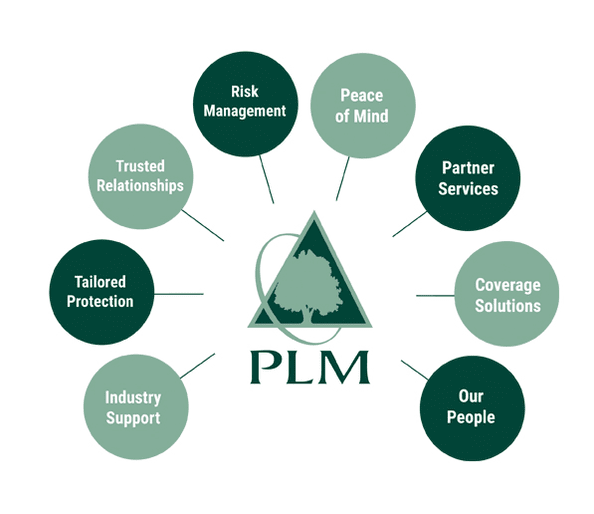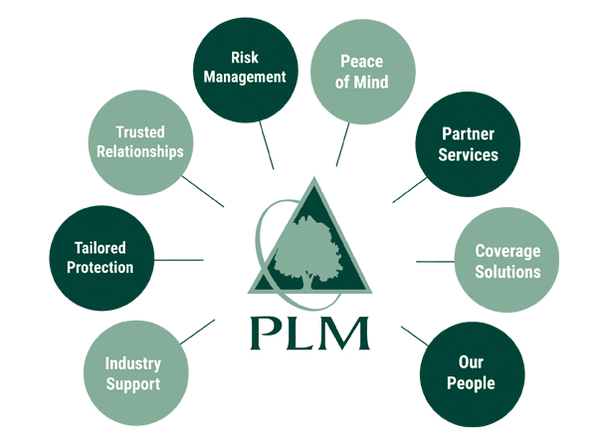Top Insurance Providers Trusted Coverage Solutions – ssunnel
Top Insurance Providers Trusted Coverage Solutions
In today’s complex health care landscape, the need for reliable insurance coverage solutions has never been more critical. With increasing disparities in health outcomes linked to race, ethnicity, and socio-economic status, effective insurance providers must strive to address these inequities, particularly for marginalized communities facing chronic health issues. As outlined in recent reports, these disparities stem from various factors, including limited access to specialists and biases within the healthcare system, underscoring the urgency for innovative approaches to specialty care (Carlson C et al.), (Carlson C et al.). In this context, the insurance sector plays a pivotal role in promoting equitable healthcare delivery, which not only improves patient outcomes but also mitigates unnecessary costs across health systems. Visual aids such as , representing the strategic focus of an insurance provider like PLM, can effectively illustrate the interconnected elements that contribute to trusted coverage solutions essential for stakeholders navigating these challenges.

A. Overview of the importance of insurance in financial planning
In the realm of financial planning, insurance serves as a crucial safeguard, protecting individuals and families from unforeseen financial burdens that can arise from health issues, accidents, or property loss. Adequate insurance coverage not only provides peace of mind but also acts as a foundational element in a comprehensive financial strategy. For example, health insurance plays a vital role in ensuring access to necessary medical services, which is essential for maintaining ones overall financial health (Holt S). Furthermore, the insights from community-based outreach programs demonstrate how insurance can enhance participation in essential health initiatives, showcasing its significance in fostering wider economic stability (Chavez C et al.). Consequently, understanding various insurance products and leveraging them effectively can help individuals manage risks, thereby allowing them to focus on long-term financial goals. The strategic integration of insurance into financial planning can lead to improved financial outcomes and enhanced security for families and individuals alike. To illustrate the interconnectedness of these elements, the diagram depicting PLMs coverage solutions emphasizes the comprehensive nature of risk management in financial planning .
II. Leading Insurance Providers
In the ever-evolving landscape of insurance provision, leading insurance providers have adapted their strategies to meet growing employer demands and the shifting expectations of consumers. Notably, many of these organizations have embraced innovative models, such as workplace clinics, which not only enhance employee well-being but also pave the way for cost containment in healthcare. The emphasis on tailored coverage solutions has become essential as employers seek to provide value while managing expenses, a concern echoed in public sentiment regarding healthcare reforms (Ellyn R Boukus et al.). Moreover, as consumers advocate for comprehensive coverage options, recognizing the intricate balance between public concerns and a private health system becomes vital (Gantwerk H et al.). The integration of these elements underscores how leading providers prioritize trust and adaptability, ensuring their services remain relevant and effective. This dynamic approach is visually represented in initiatives focusing on risk management and client relationships, as exemplified by .
A. Analysis of the top-rated insurance companies in the market
In analyzing the top-rated insurance companies in the market, it is evident that these organizations excel not only in providing comprehensive coverage solutions but also in fostering trusted relationships with their clients. Notably, institutions like PLM stand out due to their emphasis on risk management and tailored protection, as illustrated by their strategic commitment to industry support and partnership services, which are crucial elements in maintaining customer satisfaction and ensuring loyalty in a competitive sector . Furthermore, the aftermath of the 2008 financial crisis prompted a critical reevaluation of financial security and trust in insurance providers, underscoring the necessity for robust counterparty credit risk management within the industry (Langkamp et al.). This evolving landscape highlights the importance of financial integrity, making it imperative for top providers to innovate continuously and adapt to the shifting dynamics of consumer expectations and regulatory requirements (Gantwerk H et al.).
III. Coverage Solutions Offered
In the realm of insurance, the coverage solutions offered by leading providers are increasingly designed to address the diverse needs of their clientele. Providers prioritize flexible plans that cater to various demographic groups, particularly those from underserved communities. For instance, innovative initiatives have emerged to integrate insurance with health care enrollment processes, directly targeting low-income individuals and facilitating access to vital health services (Holt S). Concurrently, there is a growing recognition of the vast health outcome inequities that persist across multiple dimensions, including race, socio-economic status, and geography. Insurance companies are responding by enhancing coverage options that focus on increasing availability, quality, and patient engagement in care, which can mitigate these disparities (Carlson C et al.). By adopting such comprehensive strategies, top insurance providers solidify their reputations as trusted entities capable of offering inclusive and equitable coverage solutions.
A. Examination of various types of coverage provided by these insurers
A comprehensive examination of various types of coverage offered by leading insurance providers reveals the complexity and diversity within the industry. Insurers typically extend coverage options such as liability, property, and specialized policies tailored to meet the needs of different customers. For instance, liability insurance protects individuals and businesses from legal claims, whereas property insurance safeguards against damages to physical assets. Moreover, advancements in technology have spurred the growth of niche products, such as cyber insurance, which addresses the unique risks associated with electronic finance and online operations, an area identified as crucial in ensuring robust electronic security by previous research (Glaessner et al.). Furthermore, the integration of family-centric initiatives in coverage options reflects a broader strategy to enhance financial stability, allowing for simultaneous support of both adult and child education (King et al.). This multifaceted approach underscores the commitment of top insurers to provide trusted coverage solutions tailored to an increasingly diverse clientele. The accompanying image visually encapsulates the comprehensive strategy employed by these insurers, connecting different elements of coverage and customer needs, thus reinforcing the industrys dedication to holistic service.
The landscape of insurance providers illustrates a critical intersection of trust, reliability, and comprehensive coverage solutions that consumers increasingly demand. As healthcare and various risk management sectors continue to evolve, the need for adaptable insurance policies becomes apparent, particularly given the challenges posed by modern economic factors. Notably, the strain on the U.S. employer-based health insurance system, as discussed in CEDs recent findings, indicates the urgency for structural reforms to ensure coverage continuity for employees (Enthoven A et al.). Furthermore, understanding the mechanisms of malpractice insurance sheds light on premium adjustments, thereby illuminating consumer perspectives on value and necessity in coverage (Michelle M Mello). Ultimately, as organizations strive to foster trusted relationships and tailored protection, the visual representation of strategic priorities, such as that seen in , encapsulates the industrys commitment to providing peace of mind through effective risk management solutions.
A. Summary of the significance of choosing trusted insurance providers for comprehensive coverage solutions
Selecting trusted insurance providers is essential for individuals and businesses seeking comprehensive coverage solutions, as these entities offer not only financial protection but also peace of mind. Reliable insurance companies develop tailored coverage options that address specific needs and industry challenges, subsequently fostering stronger partnerships that enhance overall service delivery. For instance, the increasing demand for workplace clinics emphasizes the necessity for insurers to adapt to emerging health trends, which can markedly improve employee productivity and help in cost containment (Ellyn R Boukus et al.). Moreover, effective insurance providers demonstrate a commitment to social responsibility by facilitating access to essential services for low-income populations, thus supporting their path to better health outcomes (Holt S). This approach is evident in the visual representation of key concepts related to trusted relationships and tailored protection found in , which underscores the strategic importance of selecting reputable insurers for optimal coverage solutions.



